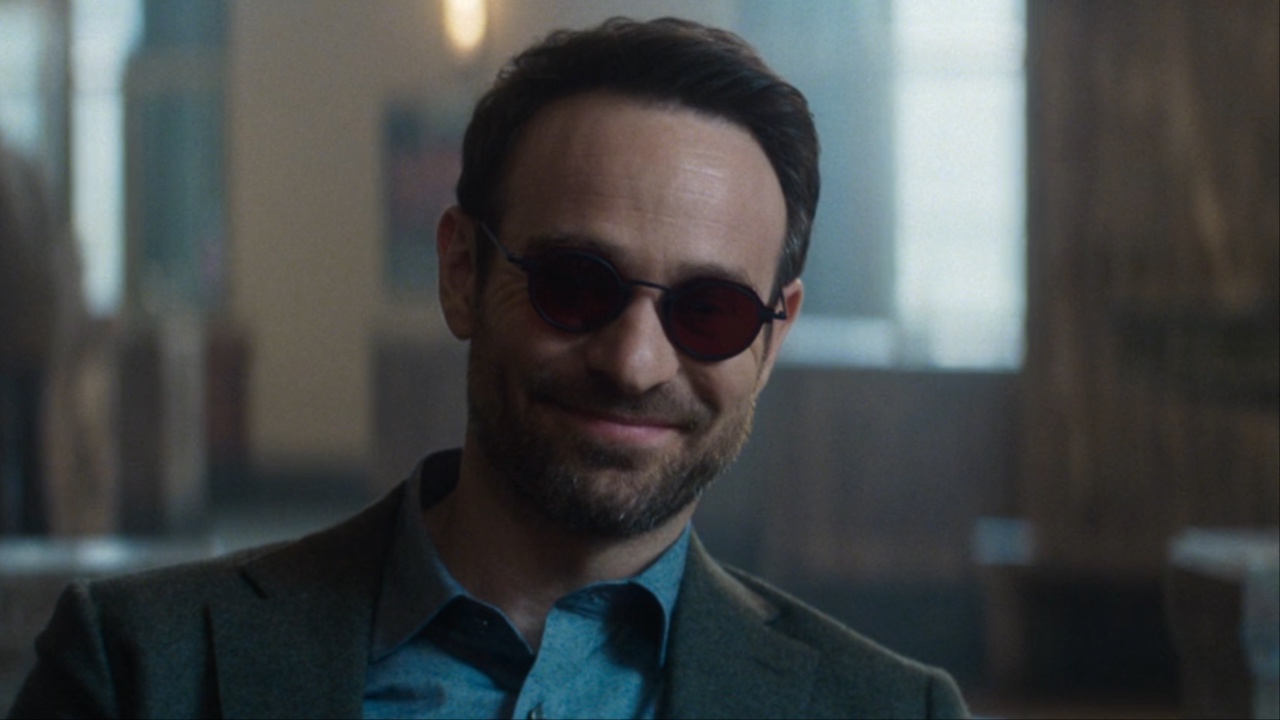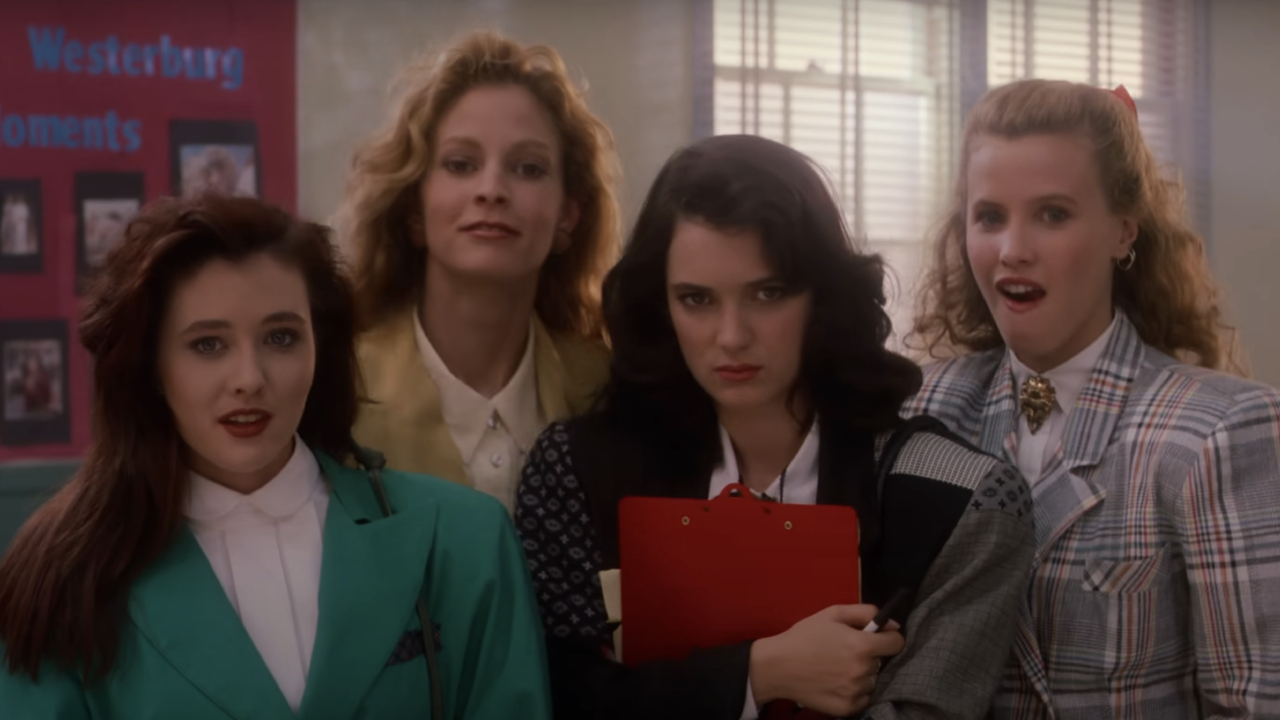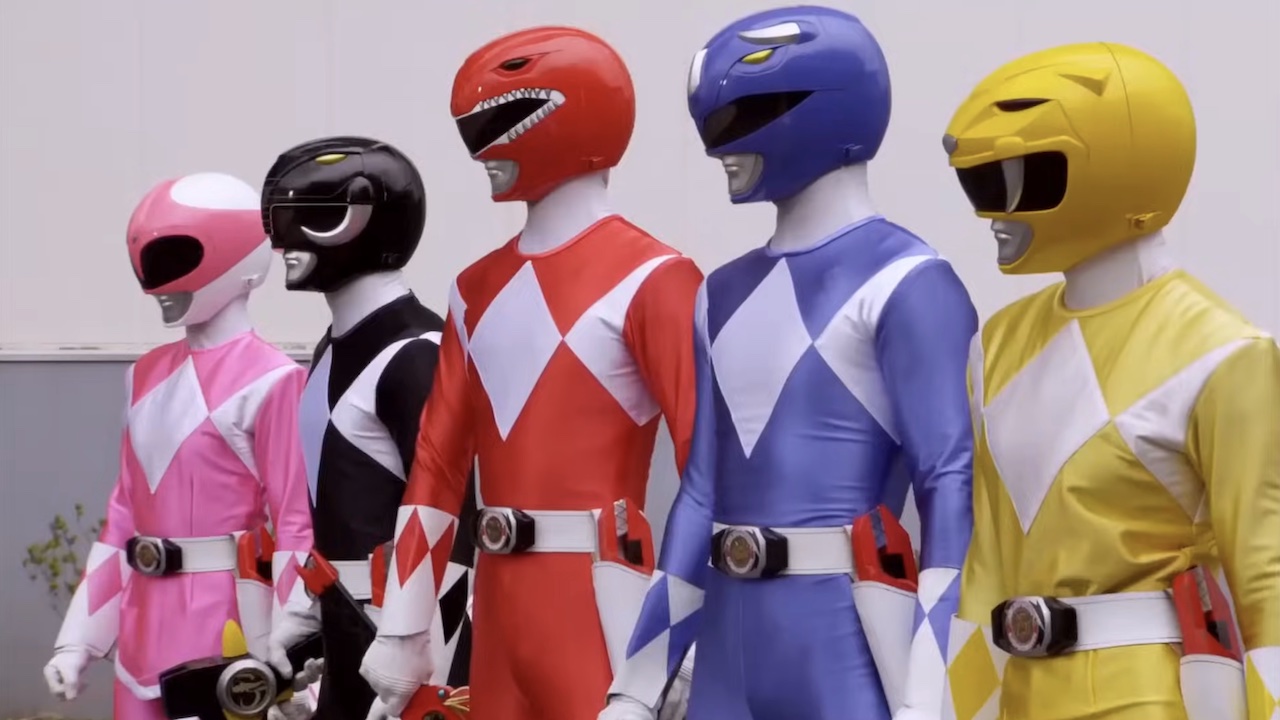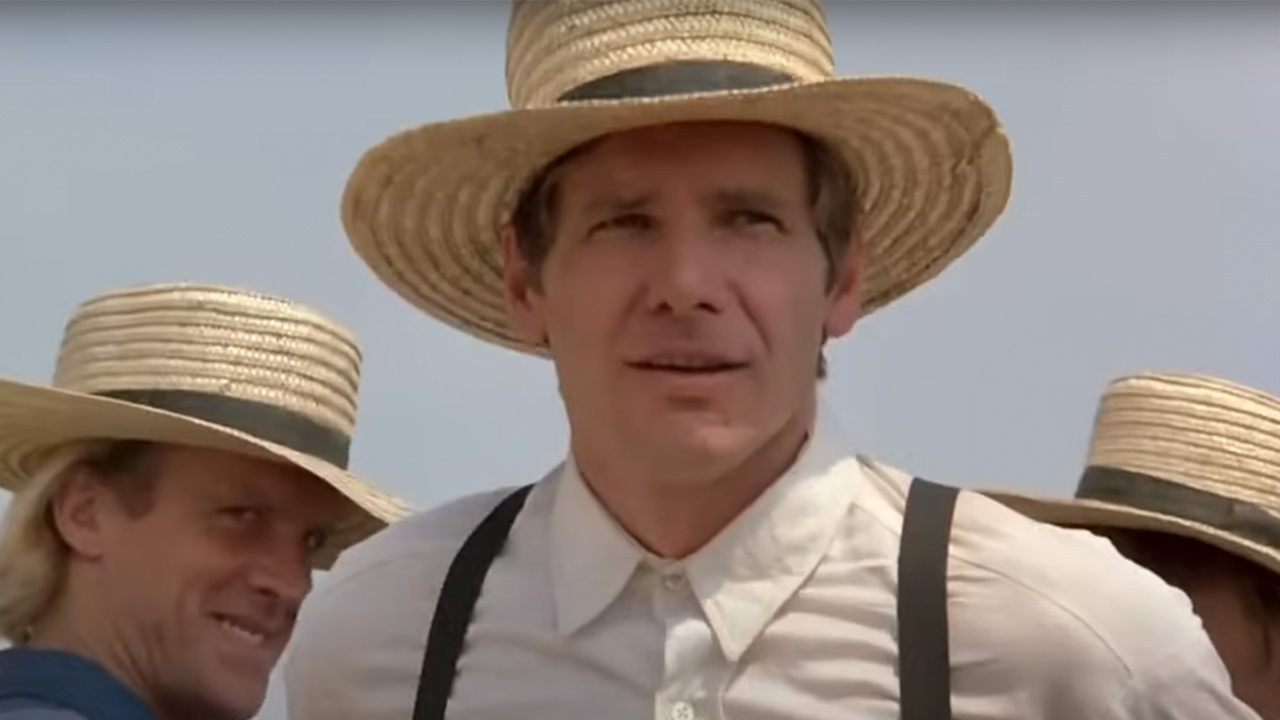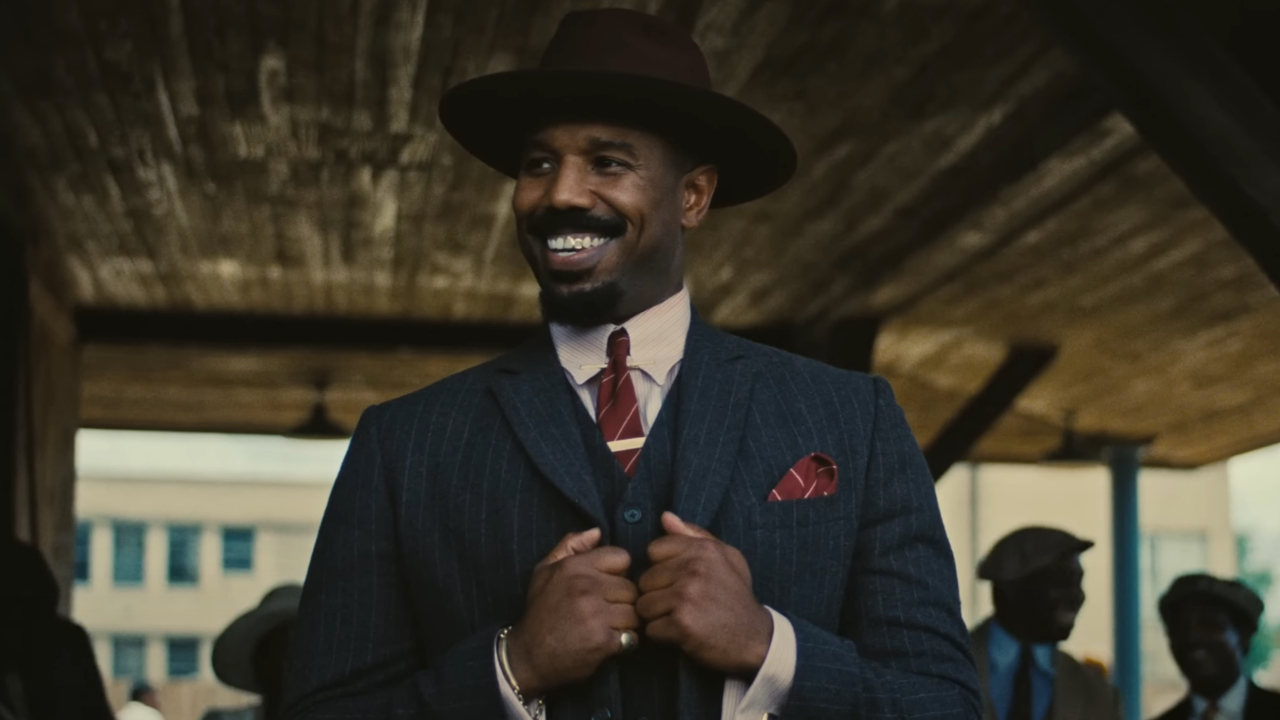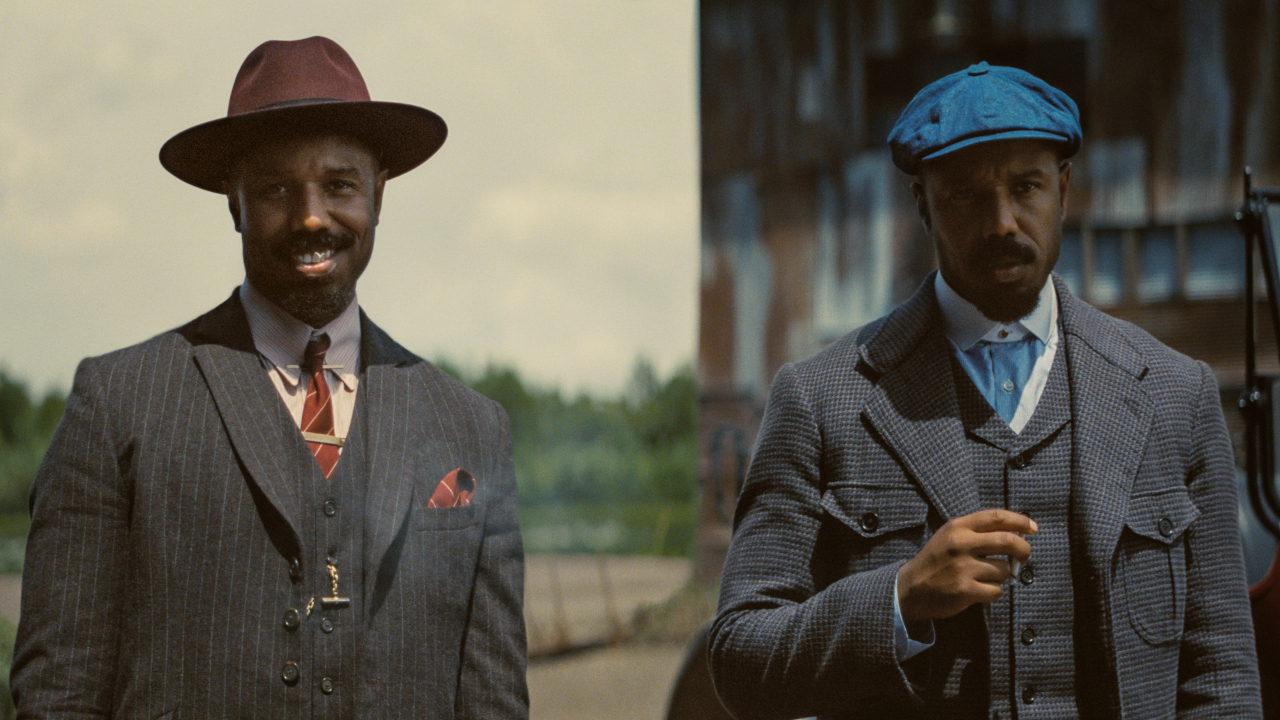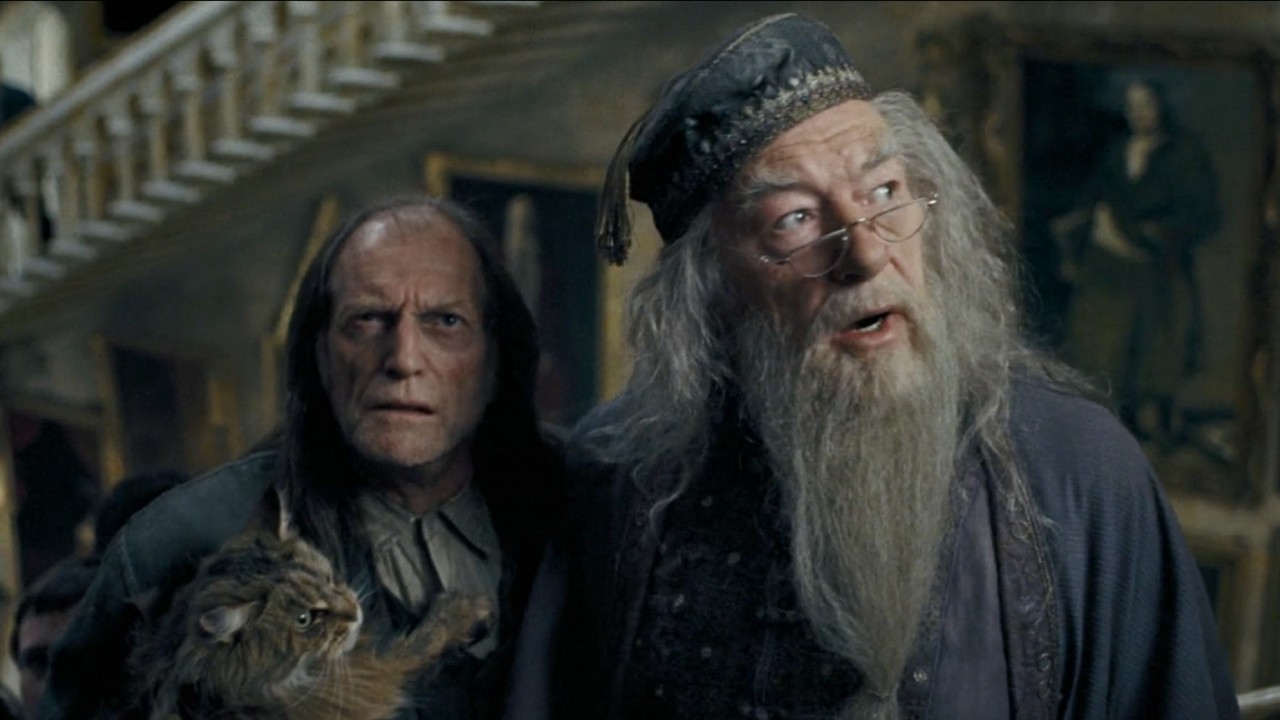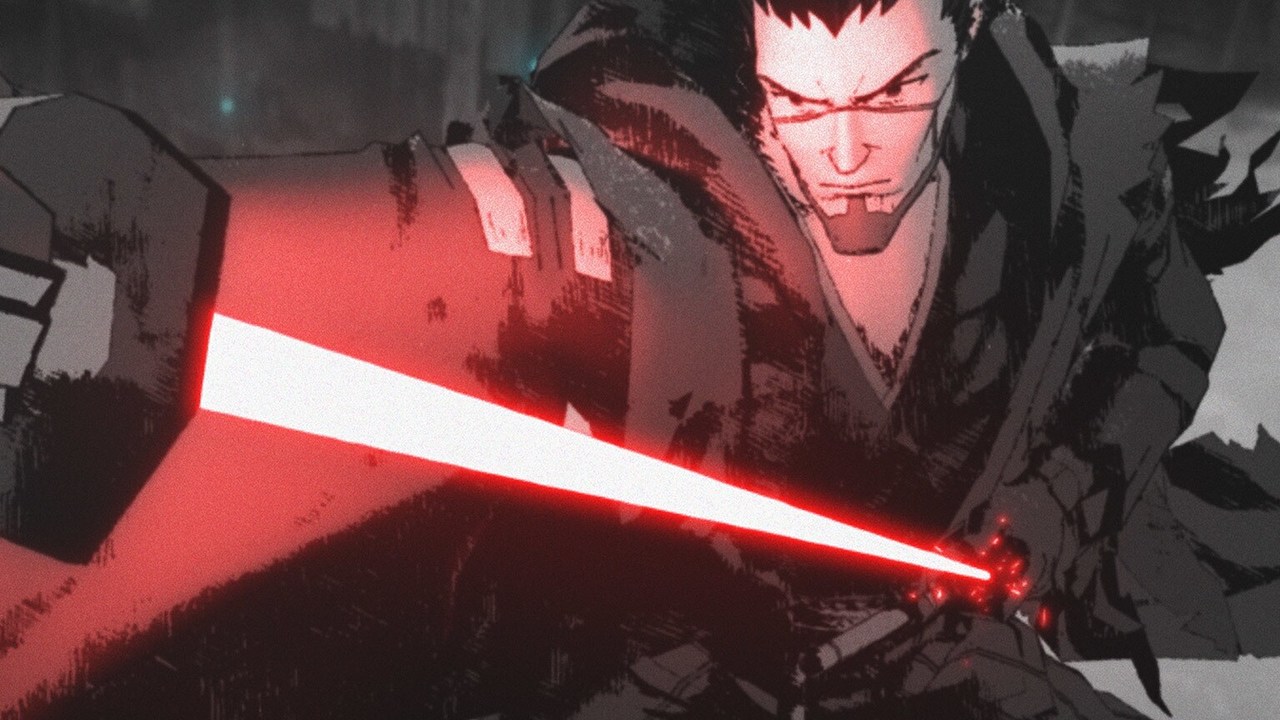I Finally Watched Wallace & Gromit: Vengeance Most Fowl, And It's Everything I Wanted The Electric State To Be
I did not expect to such a reaction to this movie

SPOILER ALERT: The following article gives away key details from Wallace & Gromit: Vengeance Most Fowl and from The Electric State. So, if you have not watched either of these new Netflix movies, I recommend you proceed in a state of caution as you read on.
I am not a fan of The Electric State, and not just because I agree with critics that it is a soulless, mediocre tentpole project. The new sci-fi movie, set in a dystopian 1990s inhabited by VR-obsessed humans and sentient robots, especially bothered me as a technophobe who believes its technological commentary is, somehow, both self-contradicting and ultimately empty. It had me longing for Black Mirror Season 7, so I could see a Netflix title that might actually have something interesting to say about technology.
Little did I know that I would not have to wait very long to use my Netflix subscription to find the thought-provoking tech commentary that The Electric State failed to deliver for me. In fact, it was only a week later. The title in question is Wallace & Gromit: Vengeance Most Fowl, which I think deserved its 2025 Academy Award nomination for Best Animated Feature as a delightful, family-friendly adventure but, much to my surprise, it's also one of the most profound tech satires I have seen so far this year. Allow me to explain…
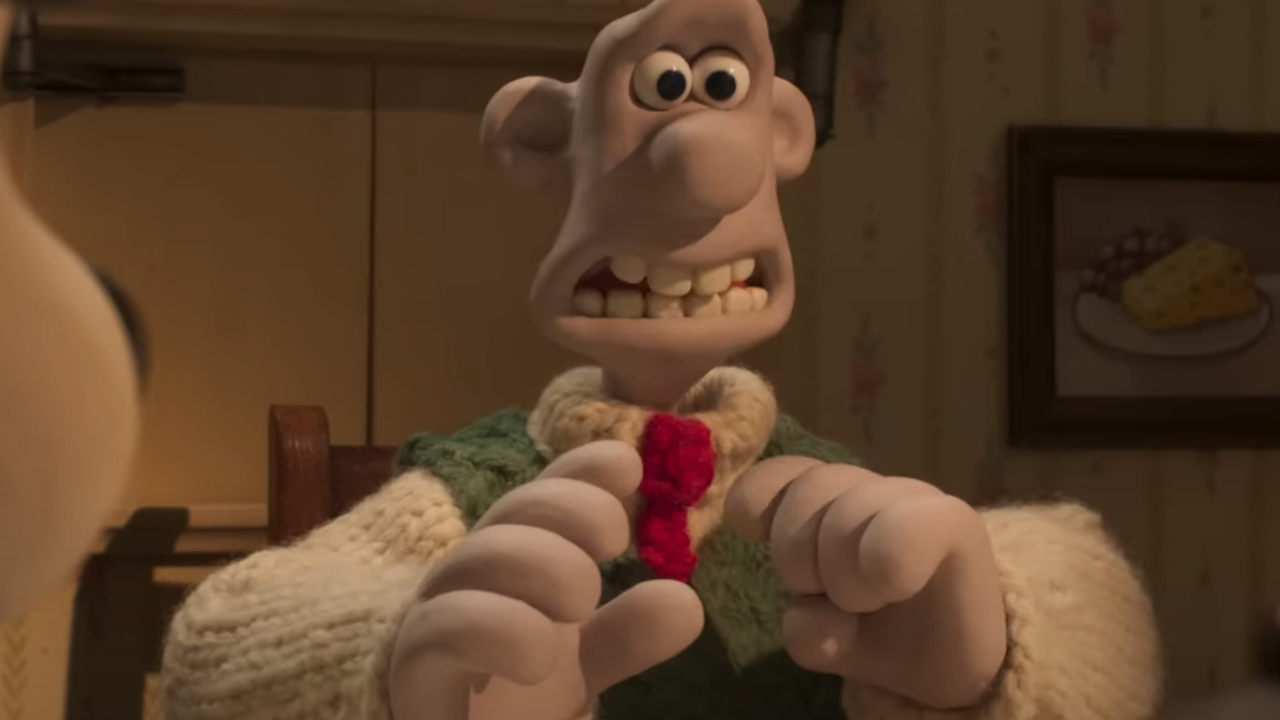
Wallace Is Too Reliant On His Gadgets
Ever since Wallace & Gromit debuted in the late 1980s, the human half of the British animated duo has reveled in inventing elaborate devices to make life easier. However, his ambitions come to a head in Vengeance Most Fowl, in which a criminal penguin from his and Gromit’s past named Feathers McGraw frames them for thievery, causing all of Wallace’s inventions to be confiscated by the police.
Immediately, Wallace becomes absolutely helpless without the devices that he has used for literally every aspect of his life, potently demonstrating the consequences of over-reliance on technology. The Electric State attempted this sort of topic with the Neurocasters – a VR helmet that allows humans to do nothing while their mechanical avatars live for them – but its argument is muddled by the busy plot and familiarity of the tech involved in its execution (see Ready Player One).

Norbot Is Depicted As An Unnecessary Replacement For Human (Or Canine) Effort
Even before Wallace’s submission to the tech overlords becomes a plot point, Vengeance Most Fowl establishes the theme early by introducing Wallace’s invention of Norbot. The mechanical gnome takes all of the hard work that Gromit (recognized as one of the best sidekicks of all time, but the true hero of this story) put into his garden and massacres it into a barrage of grossly inauthentic topiary designs.
Even worse, Wallace starts a gardening business with Norbot instead of the perfectly capable Gromit, who clearly takes enjoyment in the activity. To see his gardening position replaced by a machine was as upsetting to me as it obviously was for the dog, especially since people have been fighting to prevent machines from taking their jobs for a while now, such as with the SAG-AFTRA and WGA strikes. Meanwhile, The Electric State co-director Joe Russo seems to have nothing but good things to say about the use of A.I. in the business, based on his comments to The Times, which makes that film’s apparent intentions more clear to me now.
CINEMABLEND NEWSLETTER
Your Daily Blend of Entertainment News
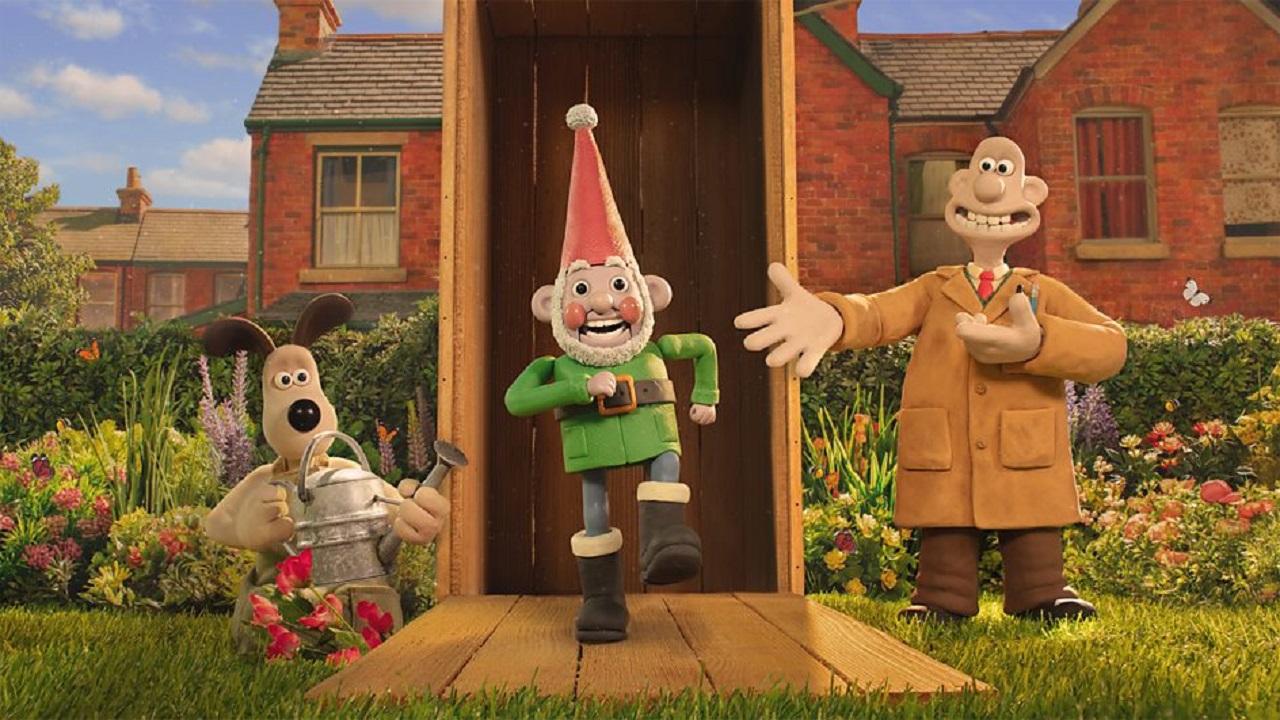
Vengeance Most Fowl Offered An Optimistic Outlook On Technology That The Electric State Did Not Achieve
One moment from The Electric State that left me dumbstruck is when the film’s antagonist, tech entrepreneur Ethan Skate (Stanley Tucci), reveals that he is in favor of technological progress but only if humanity is in control. I couldn’t believe the film wanted me to root against someone with my exact philosophy on the topic and instead side with characters created with artificial intelligence, but without any substantial reasoning. Luckily, Vengeance Most Fowl surprised me by giving me a reason to be a little more optimistic about its mechanical characters.
Feathers McGraw’s plan involves reprogramming Norbot and building an army of evil robots that rob from Wallace’s clients, putting him in trouble. Luckily, Gromit manages to save the day by figuring out how to reprogram the gnomes, who end up helping the duo defeat Feathers and even rescue Gromit from a grisly fate. So, in conclusion, robots can be useful and advantageous if put in the right hands and under programming that limits them to the responsible human’s authority – a concept that The Electric State missed the mark on, in my opinion, by siding with the free-thinking machines.
You know, I went into Wallace & Gromit: Vengeance Most Fowl expecting to at least enjoy it from a dog-lover’s perspective. Never could I have guessed that I would appreciate it from the perspective of someone hungry for some unique and balanced commentary on the state of technology. I wonder what sort of ideas the next Wallace & Gromit movie might deliver.

Jason Wiese writes feature stories for CinemaBlend. His occupation results from years dreaming of a filmmaking career, settling on a "professional film fan" career, studying journalism at Lindenwood University in St. Charles, MO (where he served as Culture Editor for its student-run print and online publications), and a brief stint of reviewing movies for fun. He would later continue that side-hustle of film criticism on TikTok (@wiesewisdom), where he posts videos on a semi-weekly basis. Look for his name in almost any article about Batman.
You must confirm your public display name before commenting
Please logout and then login again, you will then be prompted to enter your display name.


